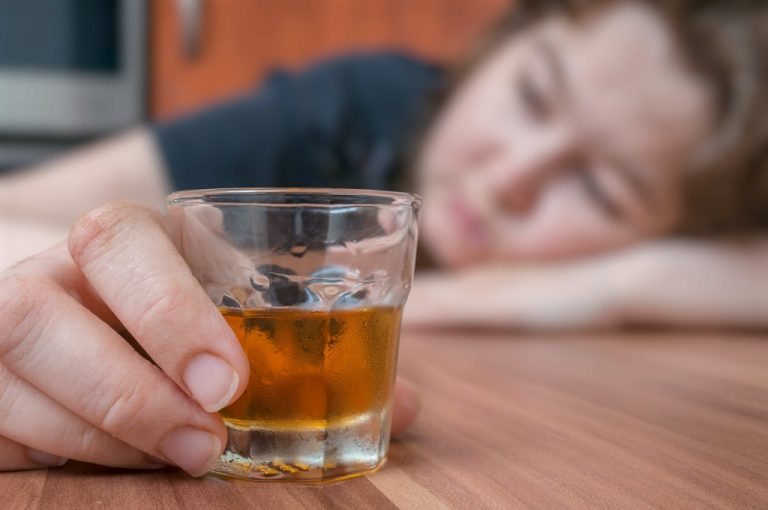It was not so much talking as doing things together, like football or climbing or going to a concert. The informants emphasised the importance of having something meaningful to do during the day. This helped them stay sober and maintain contact with other people, making them feel normal and part of society. As shown, although the informants’ families, partners, and friends could cause trauma and trouble, they were nevertheless crucial to recovery and fostered feelings of love and belonging.

The need for a new medical model: a challenge for biomedicine.
This reification of TMD helps explain why it seems plausible to say that “TMD,” despite never having been properly validated, is a disease that causes the symptoms by which it is actually defined. Despite their flaws, Engel’s concept-shifting arguments have become a part of the wider BPSM discourse. For example, as discussed in this article’s online Appendix, Maltzman argues that, due in part to “developments in biopsychosocial medicine,” a disease can be defined as a syndrome or cluster of biological and psychosocial problems; on this basis, “alcoholism is a disease” (Maltzman 1994, 13–15).
Communicating Clinical Evidence
Participants in wayward discourse typically suggest they are presenting insights about disease gleaned through applications of the BPSM. Upon closer inspection, however, we find that key claims advanced http://www.alrage.ru/player_info.php?nick=Gimlis often rest on flawed arguments and rhetorical maneuvers. First, the authors claim that the BPSM was used to “identify” TMD as a “complex disorder,” when the BPSM was actually used to define it as such.
How Clients and Patients Can Use the Biopsychosocial Model

In one study comparing cannabis use in San Francisco (where cannabis is criminalized) and Amsterdam (de facto decriminalization), there was no evidence to support claims that criminalization laws reduce use or that decriminalization increases use. In fact, San Francisco reported a higher cannabis use rate than Amsterdam (Reinarman, Cohen and Kaal 2004). 18Barron, Hargarten, and Webb (2021) tacitly acknowledge this when they note that “gun violence disease” would not fit well into existing medical school curricula, and recommend working discussion of the “disease” into classes on medical ethics. Nothing in the relevant literature indicates this occurred (Bair et al. 2013; Slade et al. 2016).
The clinical application of the biopsychosocial model.
This may allow for less-invasive treatments and interventions, and it can improve the individual’s well-being in a way that non-holistic models overlook. Mental health is health, and one’s psychological well-being https://www.atheism.ru/science/?s=400&c=100 impacts both mental and physical health. Unhealthy and maladaptive moods, thoughts, and behaviors can all be symptoms of mental health conditions, and in turn can contribute to our overall health.
- Heroin is lipid soluble, which leads to fast penetration of the blood-brain barrier and high abuse potential (Julien 2001).
- The empirical foundation of this model is thus interdisciplinary, and both descriptive and applied.
- This model considers addiction as a chronic, progressive, and relapsing brain disease that affects an individual’s ability to control substance use or engage in addictive behaviors.
- It was advanced in genetics that introduced into biology theoretical ideas of a new kind of science involving coding, information-transfer, error, regulation and control, additional to energy-transfer and -exchanges covered by physical–chemical laws (equations).
- Patients have a right to know the true state of medical knowledge on their ailments.
- As Hall and colleagues (2003a) remark, “A ‘disease’ that can be ‘seen’ in the many-hued splendor of a PET scan carries more conviction than one justified by the possibly exculpatory self-reports of individuals who claim to be unable to control their drug use” (p.1485).
- It has been criticized that treatment and the ongoing recovery process focuses on substance use only [6].
- The biopsychosocial model outlined in Engel’s classic Science paper four decades ago emerged from dissatisfaction with the biomedical model of illness, which remains the dominant healthcare model.
- Close relationships with their families, partners, and friends were both demanding and helpful and elicited strong emotions.
- Amy Marschall is an autistic clinical psychologist with ADHD, working with children and adolescents who also identify with these neurotypes among others.
- While “applying the biopsychosocial model” to jaw symptoms, researchers have used question-begging maneuvers to define TMD as a “complex disease” caused by a vast web of biological and psychosocial factors, and then represented this construction as a fact revealed through empirical research.
All the informants received some degree of therapy and support from social services or specialised healthcare facilities during the years after inpatient SUD treatment in Tyrili. Three received opioid maintenance therapy (OMT) and were in contact with a GP or therapist. Eight had been in treatment for trauma, anxiety, depression, psychosis or insomnia, and three had or were waiting http://joomla.ru/docs/books/1815-cms-security-handbook for treatment for ADHD. Also, four informants mentioned participation in activities and support groups run by NGOs, as described above. Five informants had received inpatient treatment for substance use and mental health problems or detox several times since they left Tyrili. It is important to note that what is at stake here is not just our usage of the term “disease” per se.
- A recent major work on the BPSM described the model as having “become the orthodox overarching model for health, disease and healthcare” (Bolton and Gillett 2019, 5).
- It was visionary in anticipating radical changes in the ways that health and disease were becoming theorized and researched, but programmatic because the radical changes were in their early stages, still in progress and not yet widely implemented.
- As a conceptual framework, it can still serve as a useful tool for organizing and communicating information on the determinants of health and illness.
- Since this information will help us understand the claims made about OPPERA, I will briefly summarize it in this paragraph and the next.
How does stress increase risk of drug abuse and relapse?



